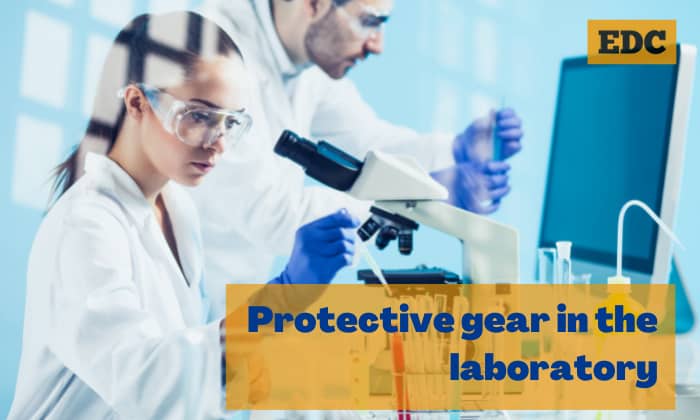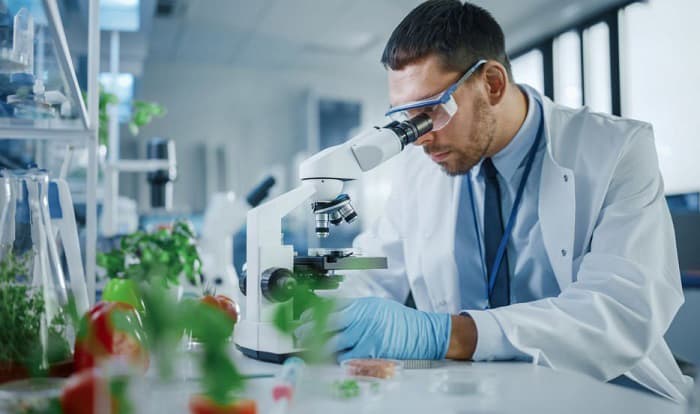Every laboratory has a safety guide for everyone before participating in research, surveys, and tours. Personal protective equipment (PPE) is always a top priority.
When should a lab coat, safety goggles, and gloves be worn in the laboratory? You must wear them when working with chemicals or monitoring experiments. If you are only touring a lab, safety goggles and gloves might not be necessary.
Below, you will find more details on what safety equipment to wear in different circumstances and why you should wear them.
Table of Contents
When to Wear a Lab Coat, Safety Goggles, and Gloves in the Laboratory
In a lab, you should wear gloves, goggles, and lab coats when working with chemicals and monitoring experiments. Also, you must wear these lab protective gear throughout the entire experiment.
Wearing lab safety attire will protect you from exposure to hazardous chemicals and maintain the integrity of the test data.
If you do not touch or work directly with chemicals and lab equipment, safety goggles and gloves might not be necessary. You should read and follow the specific instructions of the laboratory.
In addition, laboratories have regulations on what types of lab coats, goggles, and gloves you should wear depending on the hazards you are dealing with:
You must spray reusable gloves with alcohol before and after each use. When the gloves reach a certain number of uses, replace them with new gloves. If chemicals drop on your gloves, remove them, wash your hands, and don a new pair.
During chemical handling procedures, workers must wear 100% cotton lab coats. During procedures involving liquid pyrophoric substances or open flame, workers must wear fire-resistant lab coats.
Most laboratories don’t allow synthetic fiber coats due to their impure composition. They might react with the chemicals and cause incidents.
When dealing with liquid nitrogen, workers need a full-face visor as safety glasses might not be sufficient.
When Not to Wear Lab Coats, Goggles, and Gloves
Knowing when to put on your lab safety gear is crucial. But to eliminate contamination and infections, lab workers must also learn the circumstances that don’t require PPE.
Conclusion
We hope you find our answer to “When should a lab coat, safety goggles, and gloves be worn in the laboratory?” helpful. Do not disobey any laboratory safety requirements. It is to keep you, the experiments, and everyone else safe.

Veronica is our content editor. She is a talent in delivery. Her main work is editing and writing articles that are both informative and simple to follow. She is in charge of synthesizing our understanding of what personal protection equipment (PPE) is needed in each job, how to best apply it, and how to visualize that equipment.



